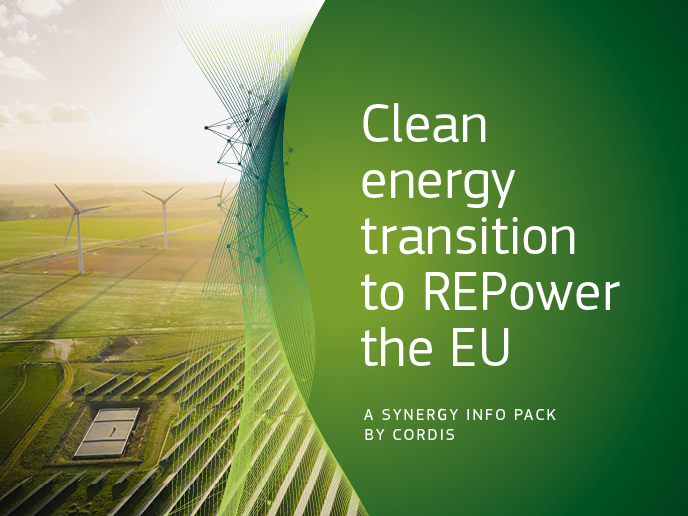Underground hydrogen storage supports the EU’s energy transition
Hydrogen helps to address several challenges associated with the EU’s transition to a low-carbon energy future. Green hydrogen is used in everything from powering factories to heating homes – all without any pollution. It gives a broad range of industries a clean option.
Repurposing salt caverns
Salt caverns are already widely used to store natural gas. These spaces deep underground have a lot of potential for storing hydrogen thanks to their large size, rapid cycling capability, limited surface footprint and natural sealing properties. The EU-funded HYPSTER(opens in new window) project set out to make green hydrogen storage in salt caverns a reality. “To do so, we demonstrated that underground storage in salt caverns can be used at large scale to inject or withdraw hydrogen at various rates when it comes to daily and seasonal demands,” explains Jean-François Guérin from French-based Storengy, a global leader in underground natural gas storage that coordinated the project. In fact, HYPSTER is the first project that received EU funding to deal with green hydrogen underground storage in salt caverns.
Testing industrial-scale green hydrogen production and storage
The researchers successfully validated the feasibility to commercially operate hydrogen storage in salt caverns. They carried out over 100 tests to examine hydrogen’s response to different cycles that would be experienced when put in actual operation. The test campaign took place in a salt cavern located at Storengy’s underground natural gas storage site of Étrez in eastern France. Data was then used to work out whether modelling tools used for underground natural gas storage could be adapted in such a way as to accurately model underground hydrogen storage as well. Brine(opens in new window) was injected or extracted to obtain hydrogen pressure variations. The hydrogen inventory inside the cavern remained constant during the tests. HYPSTER partners determined that accurate underground hydrogen storage modelling can be achieved using a software suite with a proven track record for underground natural gas storage. The validated model now provides a robust tool for simulating hydrogen storage operations and can be applied to industrial-scale settings without any issues. The research team also demonstrated in real conditions that hydrogen could be safely stored underground. They had to verify that the cavern was tightly sealed before filling so as to prevent leaks. A test was performed by injecting hydrogen in three steps to validate the tightness. No leaks were identified. Safety came first during all work. Personnel received training on hydrogen risks. Rigorous analyses ensured the environmental and operational safety of hydrogen storage.
Exploring European potential for hydrogen storage
HYPSTER identified key regions where salt caverns can be beneficial for infrastructures and hydrogen flows. Central and western European countries such as Denmark, France, Germany, the Netherlands and the United Kingdom showed great storage potential, compared to the storage demand expected over the next decades. A technical and economic analysis revealed that salt caverns could offer a cost-efficient storage solution for large-scale, low-carbon hydrogen. “The HYPSTER demonstrator contributes significantly to the development of reliable, scalable underground hydrogen storage solutions and supports the broader integration of hydrogen into Europe’s future energy infrastructure,” concludes Guérin.







